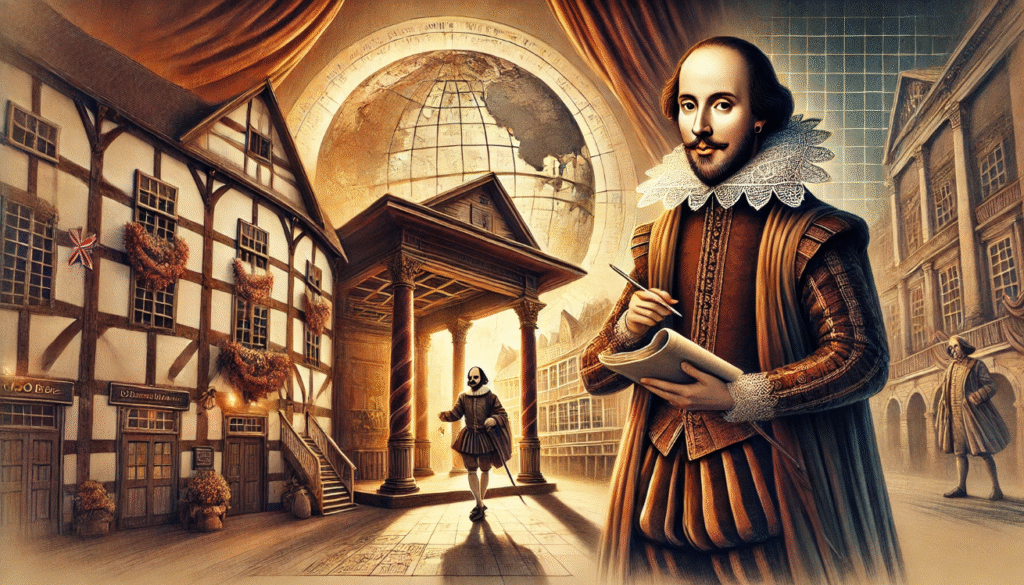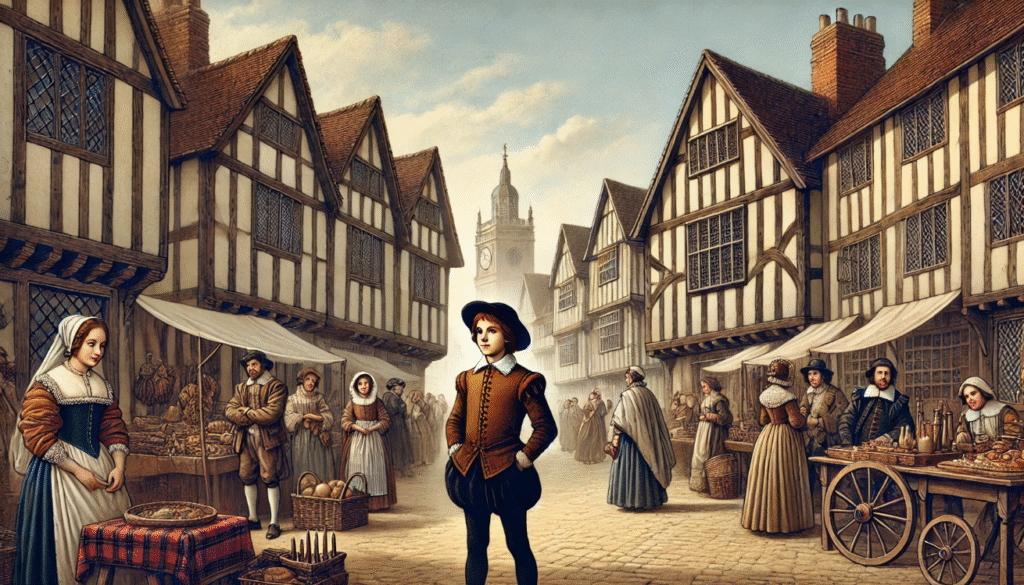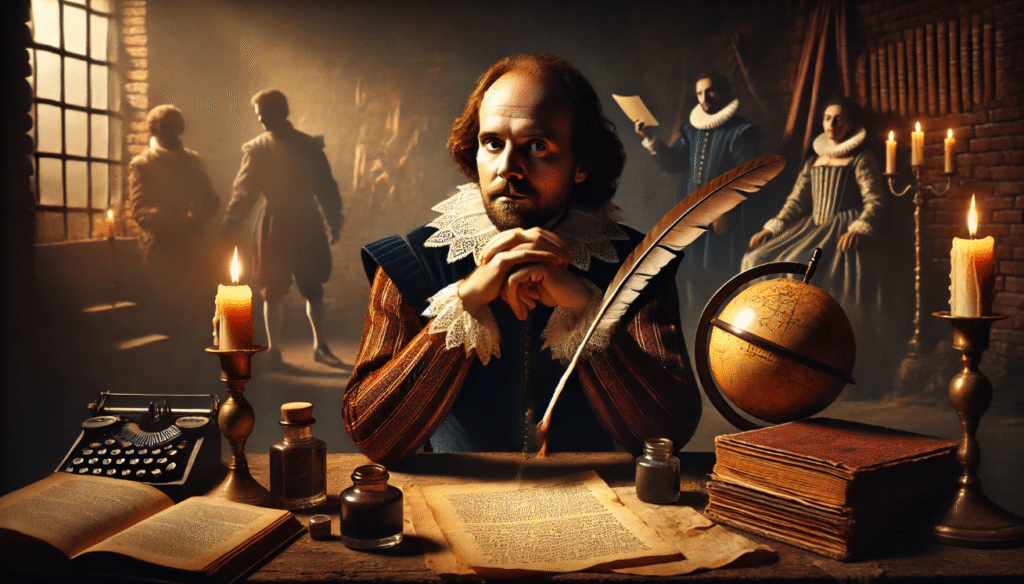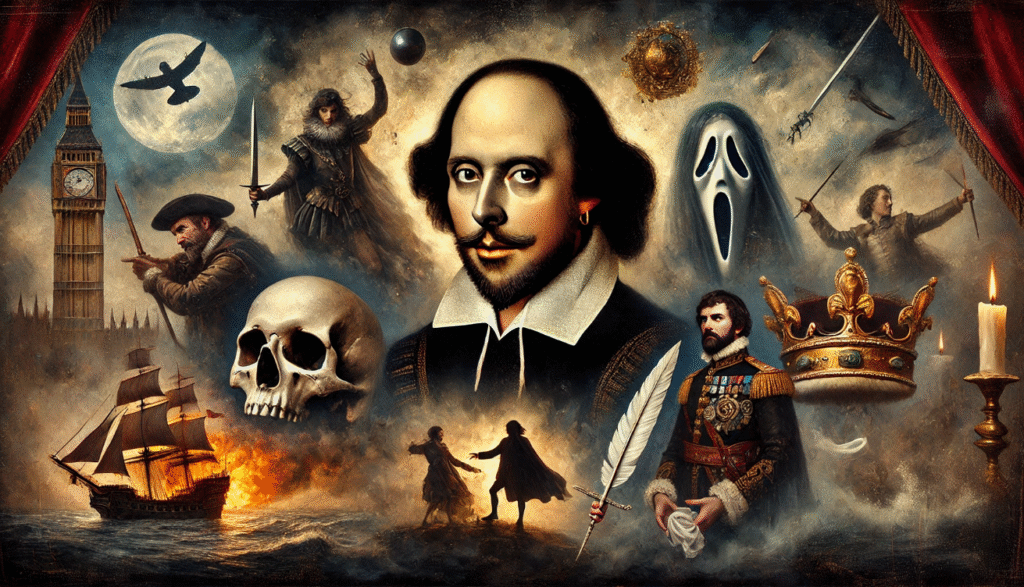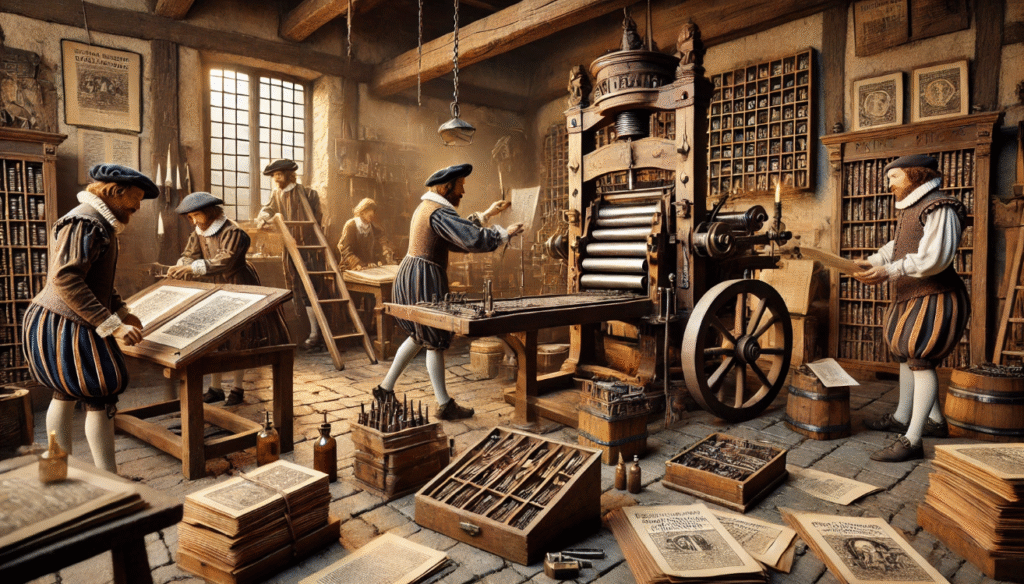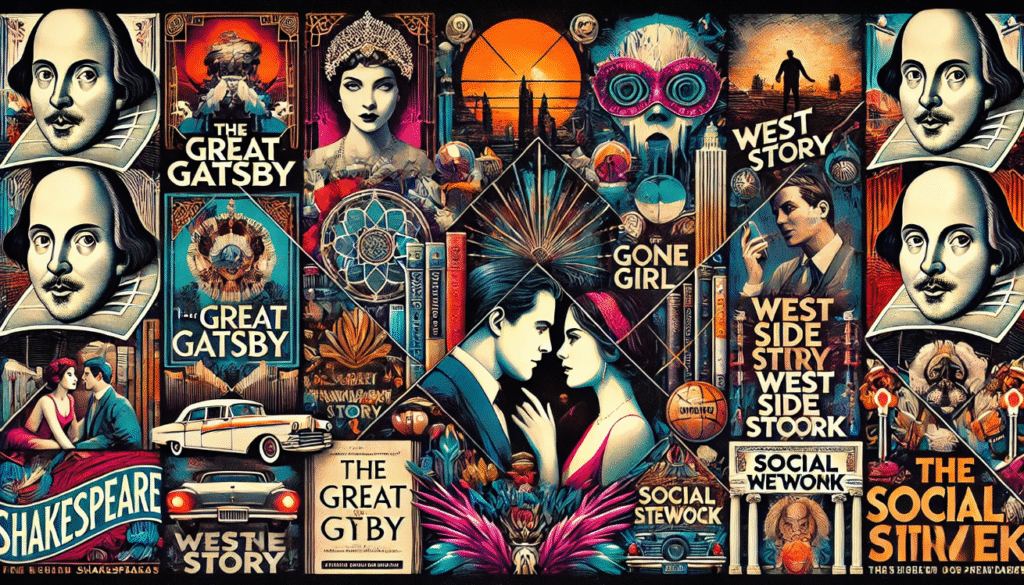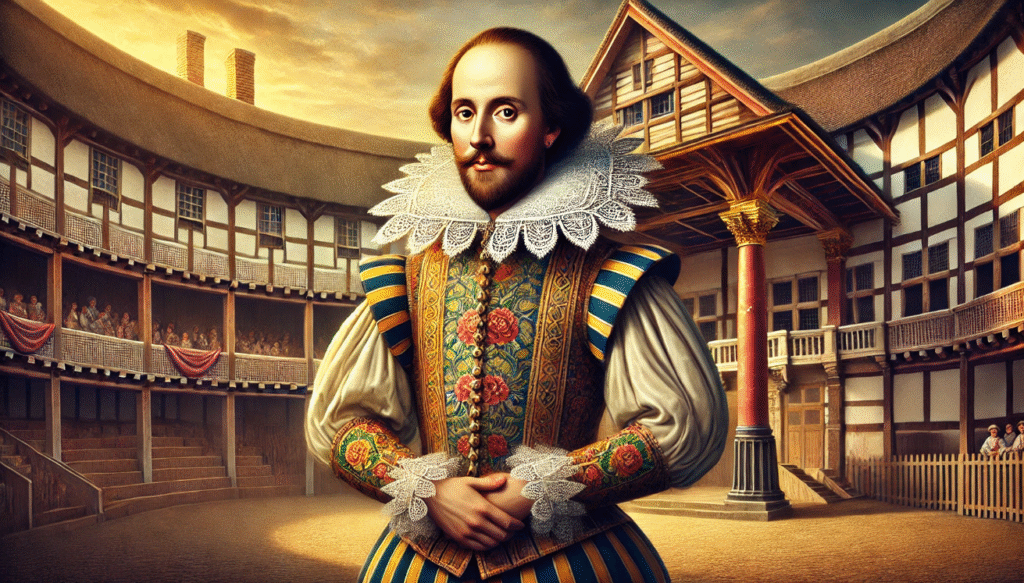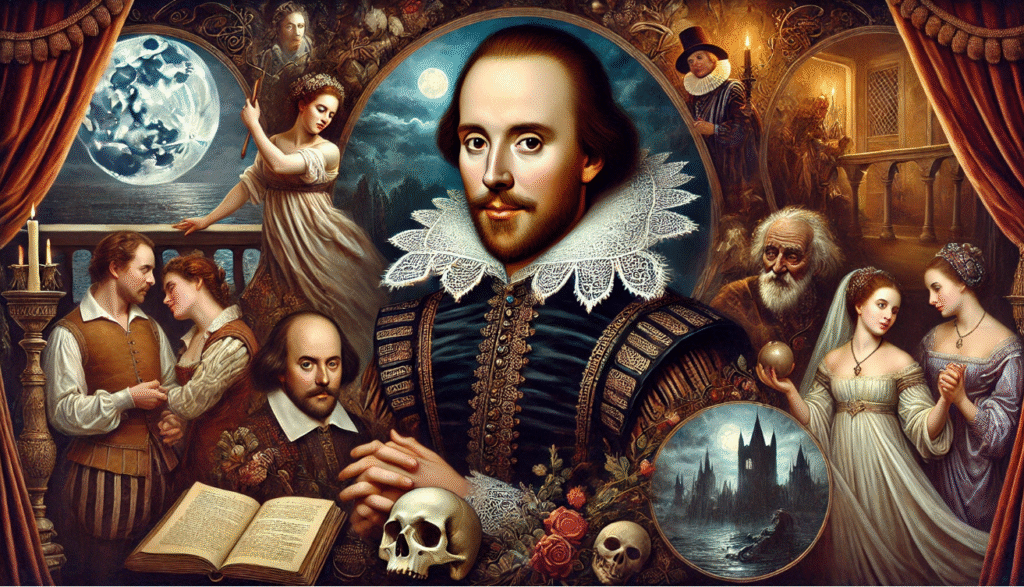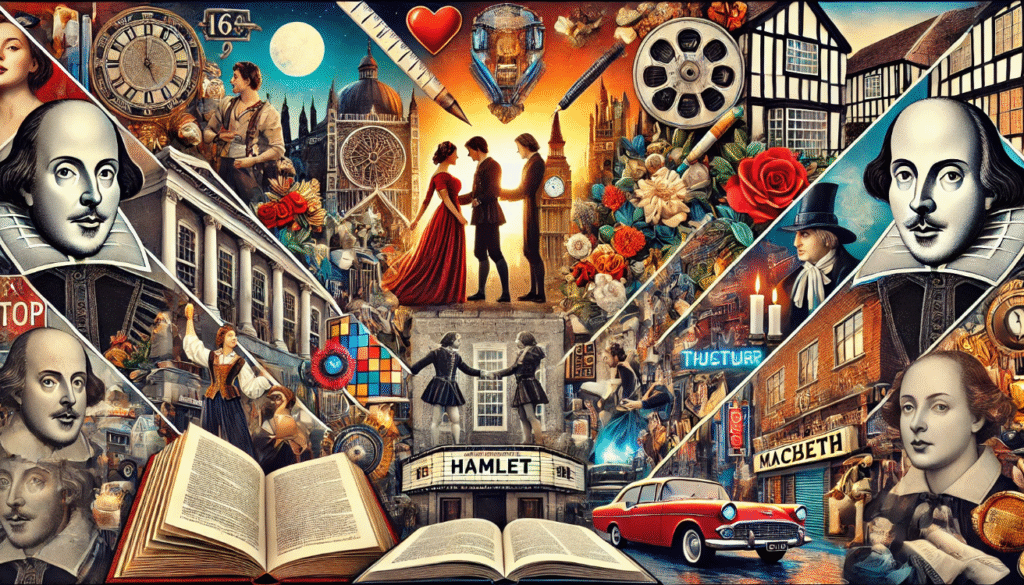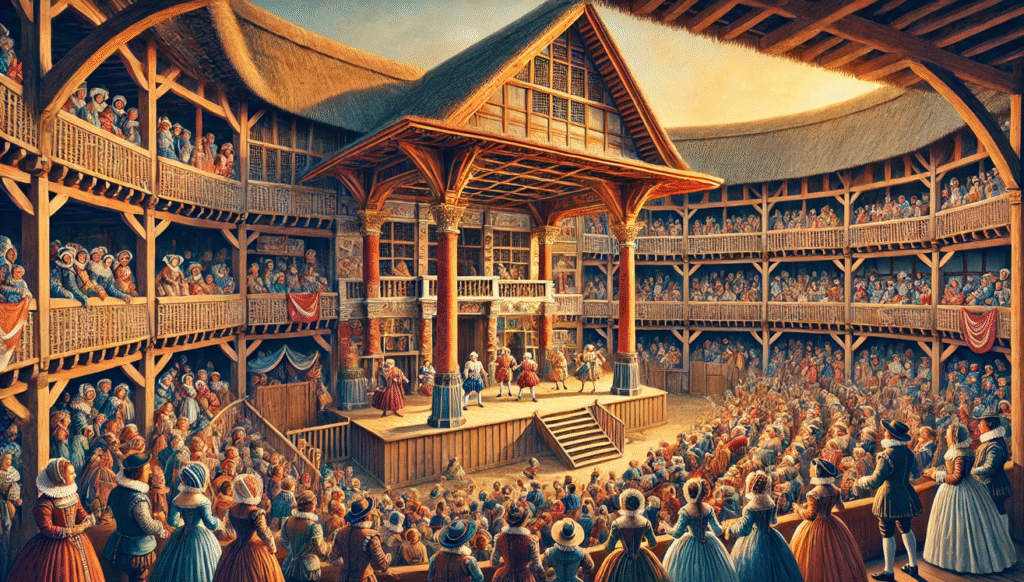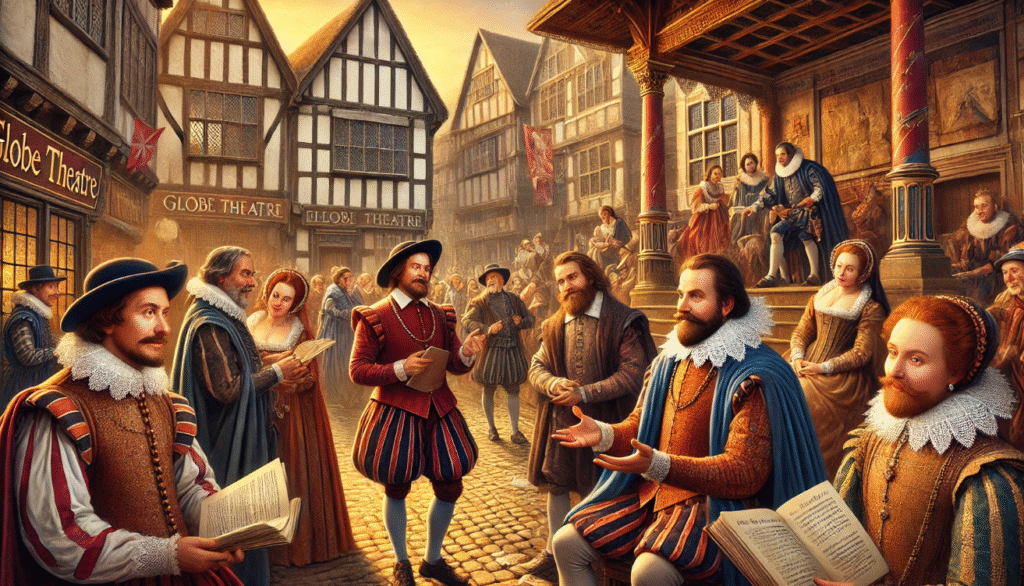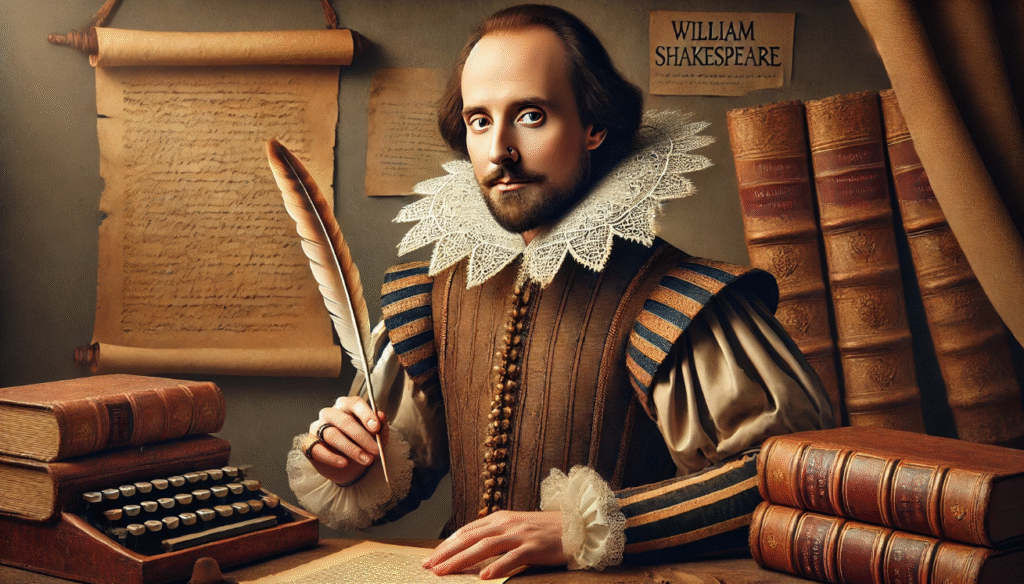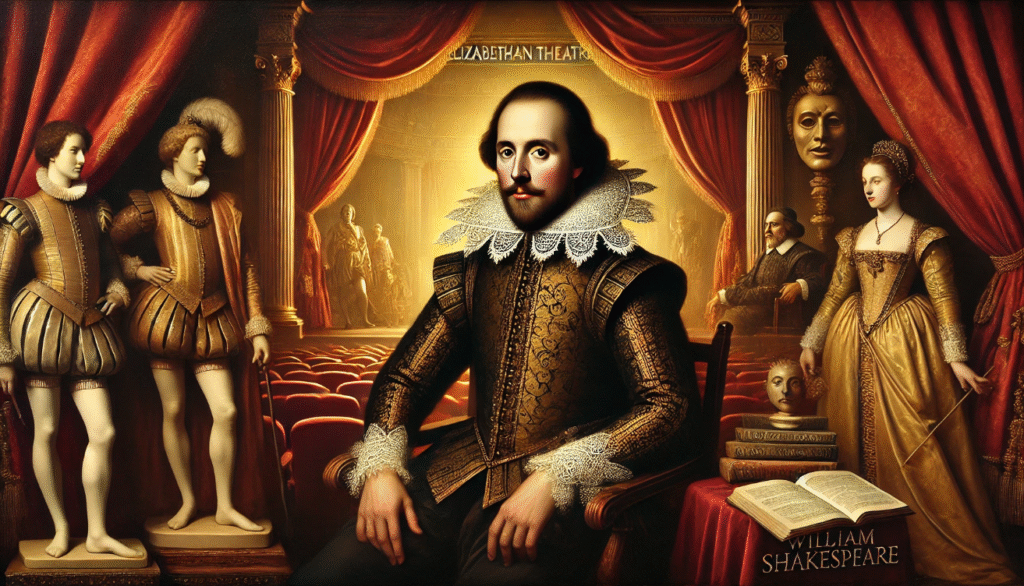 Evolution of Shakespearean theatre is widely regarded as one of the greatest playwrights in history, with his works continuing to be celebrated and performed around the world. His impact on theatre is immeasurable, as he not only wrote numerous iconic plays, but also helped shape the English language with his poetic and influential words. Evolution of Shakespearean theatre During Shakespeare’s time, theatre was a popular form of entertainment and a reflection of society. The plays were performed in open-air theatres, often attracting a diverse audience. Over the centuries, theatre has evolved and transformed, adapting to changing social, cultural, and technological landscapes. In this article, we will explore Evolution of Shakespearean theatre influence on theatre, the importance of theatre in his time, and how the art form has evolved since then.
Evolution of Shakespearean theatre is widely regarded as one of the greatest playwrights in history, with his works continuing to be celebrated and performed around the world. His impact on theatre is immeasurable, as he not only wrote numerous iconic plays, but also helped shape the English language with his poetic and influential words. Evolution of Shakespearean theatre During Shakespeare’s time, theatre was a popular form of entertainment and a reflection of society. The plays were performed in open-air theatres, often attracting a diverse audience. Over the centuries, theatre has evolved and transformed, adapting to changing social, cultural, and technological landscapes. In this article, we will explore Evolution of Shakespearean theatre influence on theatre, the importance of theatre in his time, and how the art form has evolved since then.
The Birth of Shakespearean Theatre (Elizabethan Era)

During the late 16th century, there was a significant rise in the popularity of theatre, largely influenced by Queen Elizabeth I and the cultural boom of the time. Queen Elizabeth I was known for her patronage of the arts and her support of theatre, which helped to elevate its status in society. Theatre companies like Lord Chamberlain’s Men also played a crucial role in this cultural movement, producing and performing plays that captivated audiences and contributed to the flourishing of the theatre scene. Evolution of Shakespearean theatre The combination of royal support and the efforts of theatre companies helped to establish theatre as a prominent form of entertainment and artistic expression during this period.
The Globe Theatre was a significant cultural and architectural landmark in the Elizabethan era. The structure was a round, open-air amphitheater with a thatched roof and three tiers of seating, allowing for an immersive and intimate audience experience. The design of the theatre also allowed for natural lighting and acoustics, enhancing the overall performance atmosphere. Audiences at The Globe Theatre were diverse, ranging from the lower class standing in the pit to the upper class seated in the galleries. This mix of social classes created a unique and dynamic audience experience, as the reactions and interactions of the crowd could influence the performance. During this period, Shakespeare’s plays often explored themes of love, power, betrayal, and the human condition.
The Jacobean and Caroline Eras: Refinement and Challenges

The transition from Elizabethan to Jacobean theatre under King James I brought about a shift in the themes and narratives of Shakespeare’s plays. In the later Jacobean period, there was a noticeable move towards darker and more complex storytelling. This can be seen in Shakespeare’s later works, such as “Macbeth” and “King Lear,” which explore themes of power, betrayal, and the human condition in a more intense and intricate manner. The influence of King James I’s own interests in witchcraft and the supernatural also played a role in shaping the darker and more somber tone of Jacobean theatre. Overall, the transition from Elizabethan to Jacobean theatre marked a significant evolution in the style and substance of Shakespeare’s plays.
The influence of court performances and indoor playhouses like the Blackfriars Theatre played a significant role in shaping the landscape of theatre during this time period. These venues provided a more intimate and controlled environment for performances, allowing for a greater level of artistic expression and innovation. However, this also led to increased scrutiny and censorship from the authorities, as playwrights faced challenges in navigating the restrictions imposed on their work. This period marked the beginning of a complex relationship between theatre and censorship, as playwrights and performers grappled with the limitations placed on their creative freedom.
Shakespearean Theatre During the Puritan Ban (1642-1660)
During the English Civil War, Puritans closed down theatres as part of their efforts to suppress what they viewed as immoral and decadent entertainment. However, despite the closure of official theatres, secret performances and underground theatre activity continued to thrive. Many of these clandestine performances featured the works of William Shakespeare, whose plays played a crucial role in keeping English theatre alive during this tumultuous period. Shakespeare’s enduring and universal themes resonated with audiences, ensuring that his works remained an integral part of the English theatrical tradition even in the face of opposition from the Puritans.
The Restoration Era: Revival and Transformation

The reopening of theatres in 1660 under King Charles II brought about significant changes in the theatre world. One of the most notable changes was the introduction of actresses, such as Nell Gwyn. This marked a significant shift in the way performances were staged and received, as it allowed for a wider range of characters and stories to be portrayed on stage. The reintroduction of theatres under King Charles II had a lasting impact on the development of theatre and performance arts in England.
During the Restoration period, there was a significant shift in the way Shakespeare’s plays were adapted and presented. Playwrights and companies made changes to the original texts to align them with the tastes and values of the time. This often involved rewriting and altering the content to make it more suitable for the audiences of the Restoration era. Additionally, the introduction of proscenium arch stages allowed for more elaborate and visually stunning productions. This new stage design provided a framework for more intricate sets, costumes, and special effects, which enhanced the overall theatrical experience for audiences. Overall, the Restoration period brought about significant changes in the way Shakespeare’s plays were interpreted and presented, reflecting the evolving tastes and theatrical innovations of the time.
The 18th and 19th Centuries: Theatrical Innovation and Romanticism

Shakespeare’s works have definitely gained literary prestige over the years, going beyond just being viewed as theatrical entertainment. Many scholars and critics have analyzed and studied his works, recognizing their depth and complexity. Notable actors like David Garrick have also played a significant role in shaping performance styles of Shakespeare’s plays, bringing a new level of artistry and interpretation to the stage. Their influence has helped elevate the status of Shakespeare’s works in the literary world.
The rise of elaborate stage productions and melodramatic interpretations of Shakespeare’s plays can be attributed to the enduring popularity and timeless relevance of his works. As his plays continue to be performed worldwide and translated into various languages, the demand for innovative and visually stunning productions has increased. This trend allows for a deeper exploration and understanding of Shakespeare’s complex characters and themes, making his plays accessible to a wider audience. The theatrical evolution of Shakespeare’s works reflects the enduring impact and significance of his storytelling.
The 20th and 21st Centuries: Modern Interpretations and Global Influence
The shift to experimental and minimalist Shakespearean productions has been influenced by the growing impact of cinema and television on Shakespearean performance. Modern adaptations in diverse settings, such as contemporary political themes, sci-fi, and gender-fluid casting, have breathed new life into traditional Shakespearean works, attracting a wider and more diverse audience. This trend reflects the evolving nature of theater and the desire to connect with contemporary audiences while still honoring the timeless themes and language of Shakespeare’s plays.
The Royal Shakespeare Company (RSC) and other global institutions play a crucial role in preserving and innovating Shakespearean theatre. These organizations are dedicated to keeping the legacy of Shakespeare alive by staging his plays in their original form and also experimenting with new interpretations and adaptations. The RSC, based in Stratford-upon-Avon, is particularly renowned for its commitment to presenting Shakespeare’s work in innovative and engaging ways. The company’s productions often blend traditional and modern elements, attracting audiences of all ages and backgrounds. Additionally, Shakespeare festivals and performances around the world, such as New York’s Shakespeare in the Park, provide platforms for both established and emerging theatre companies to showcase their interpretations of Shakespeare’s plays.
The Enduring Legacy of Shakespearean Theatre

Shakespearean theatre went through several key phases in its evolution. It began with the construction of the Globe Theatre in London, where Shakespeare’s plays were first performed. The theatre then saw a period of growth and popularity during the Elizabethan era, with plays such as “Romeo and Juliet” and “Hamlet” captivating audiences. The next phase saw the decline of the Globe Theatre and the dispersal of Shakespeare’s works to various venues, followed by a revival of interest in his plays during the Restoration era. Throughout these phases, Shakespeare’s works have remained timeless and have continued to captivate audiences across generations.

